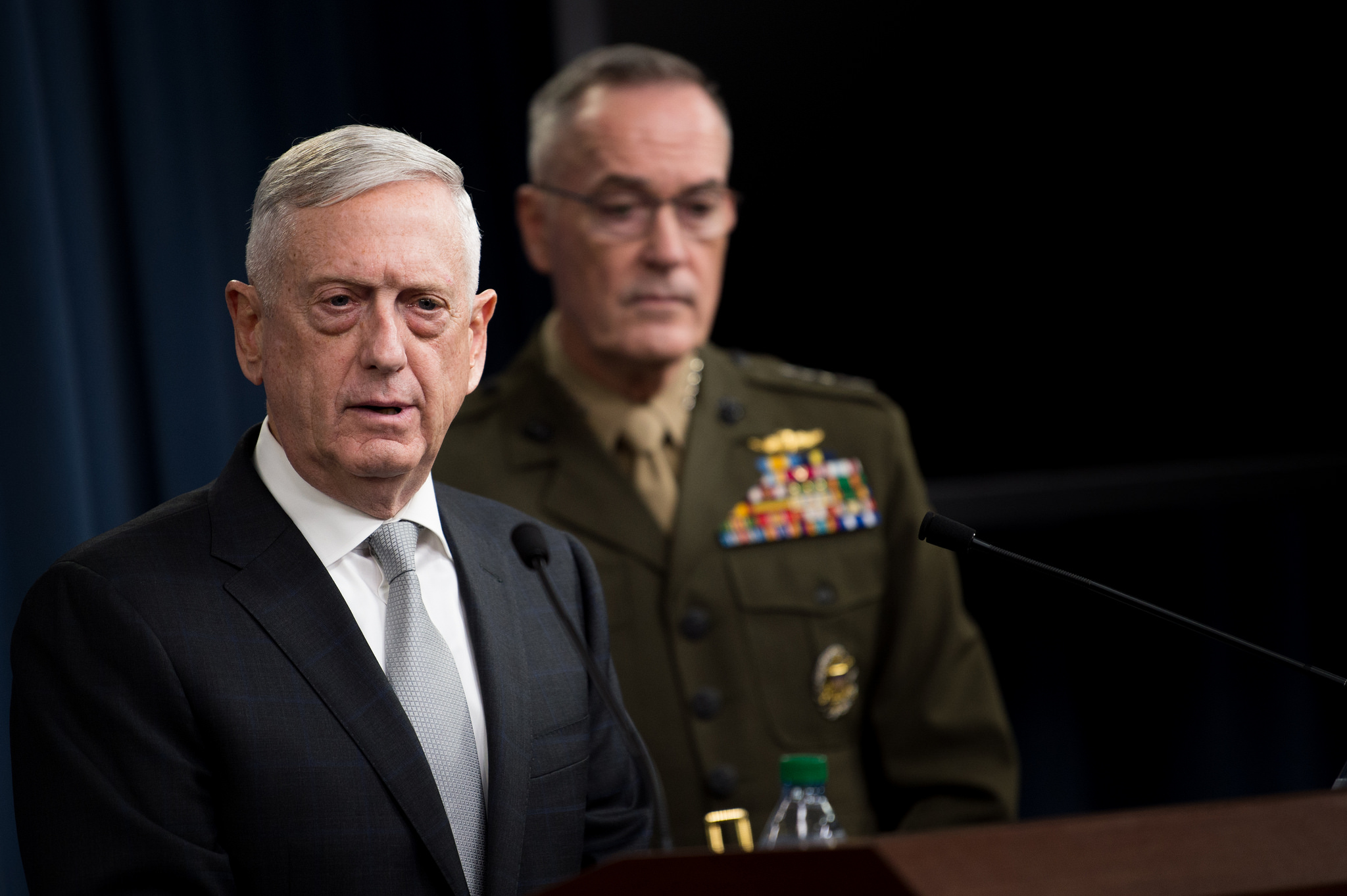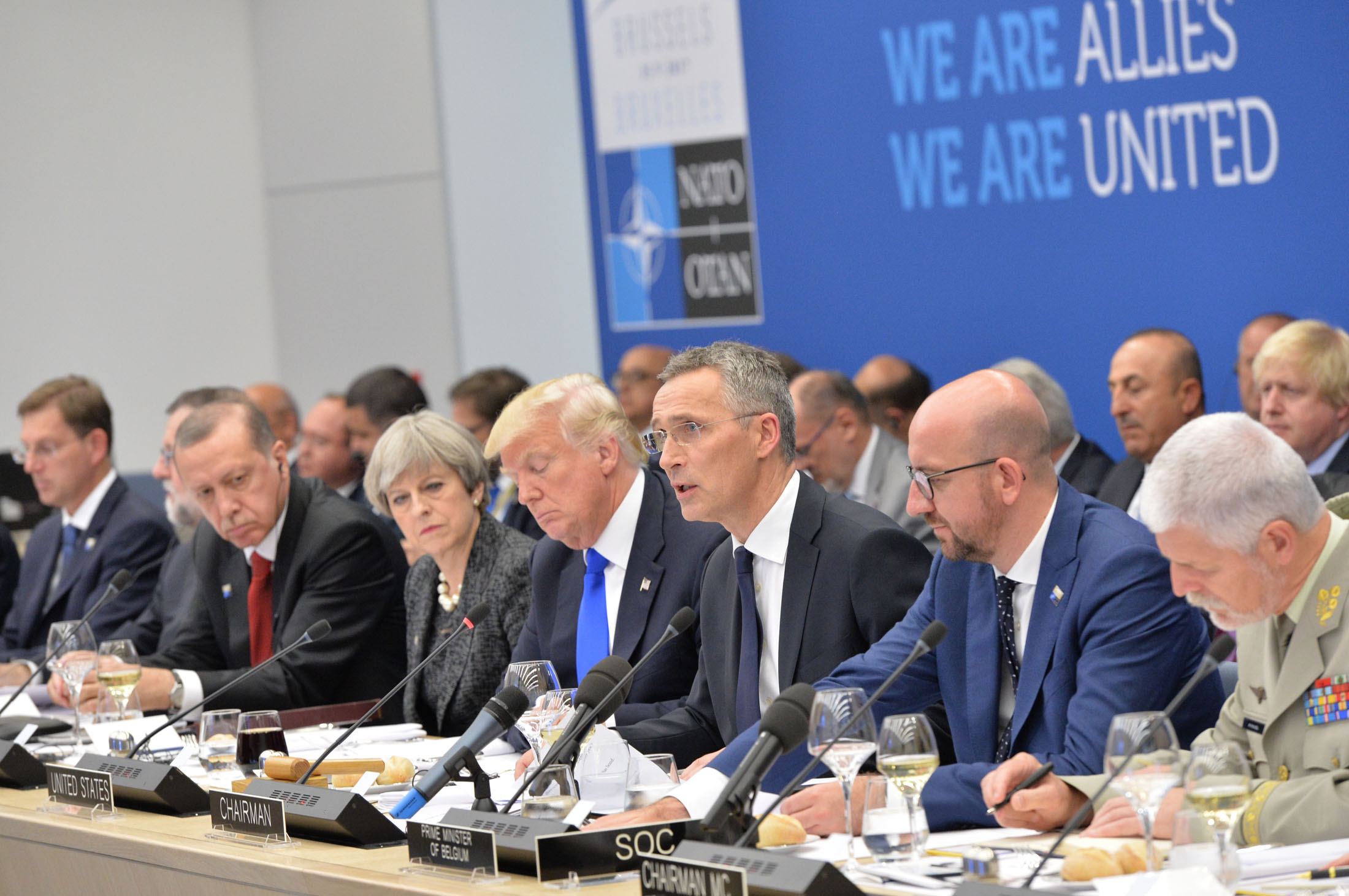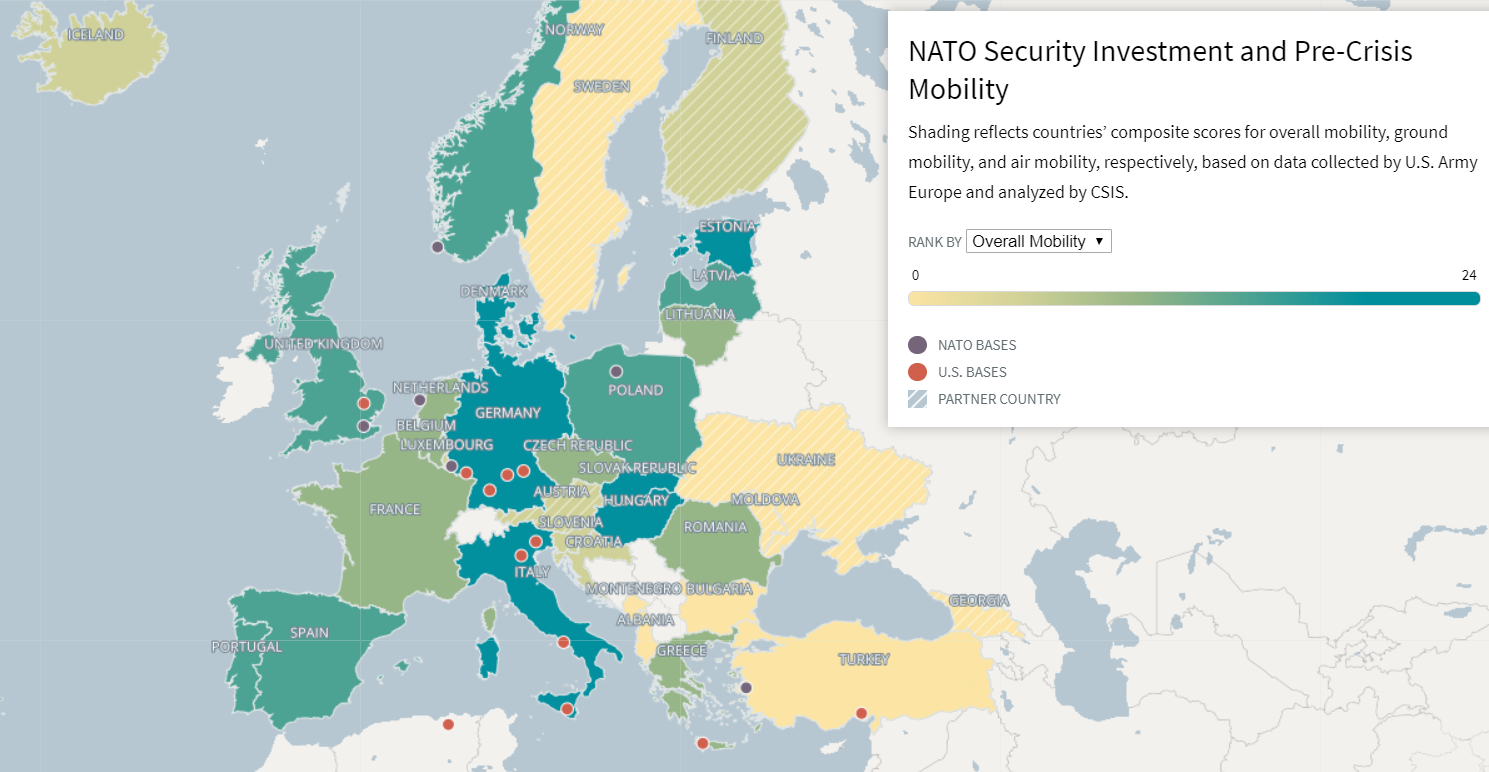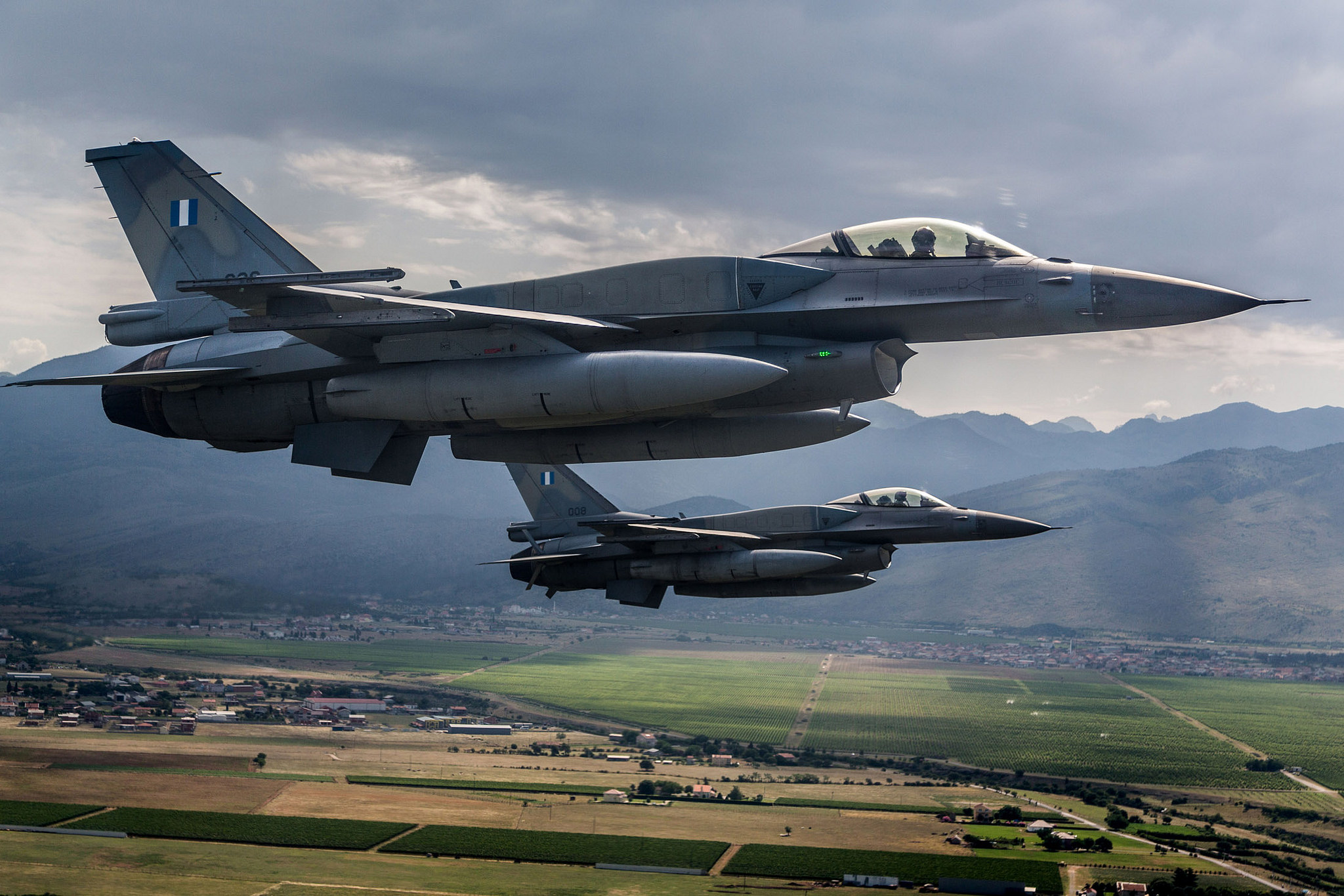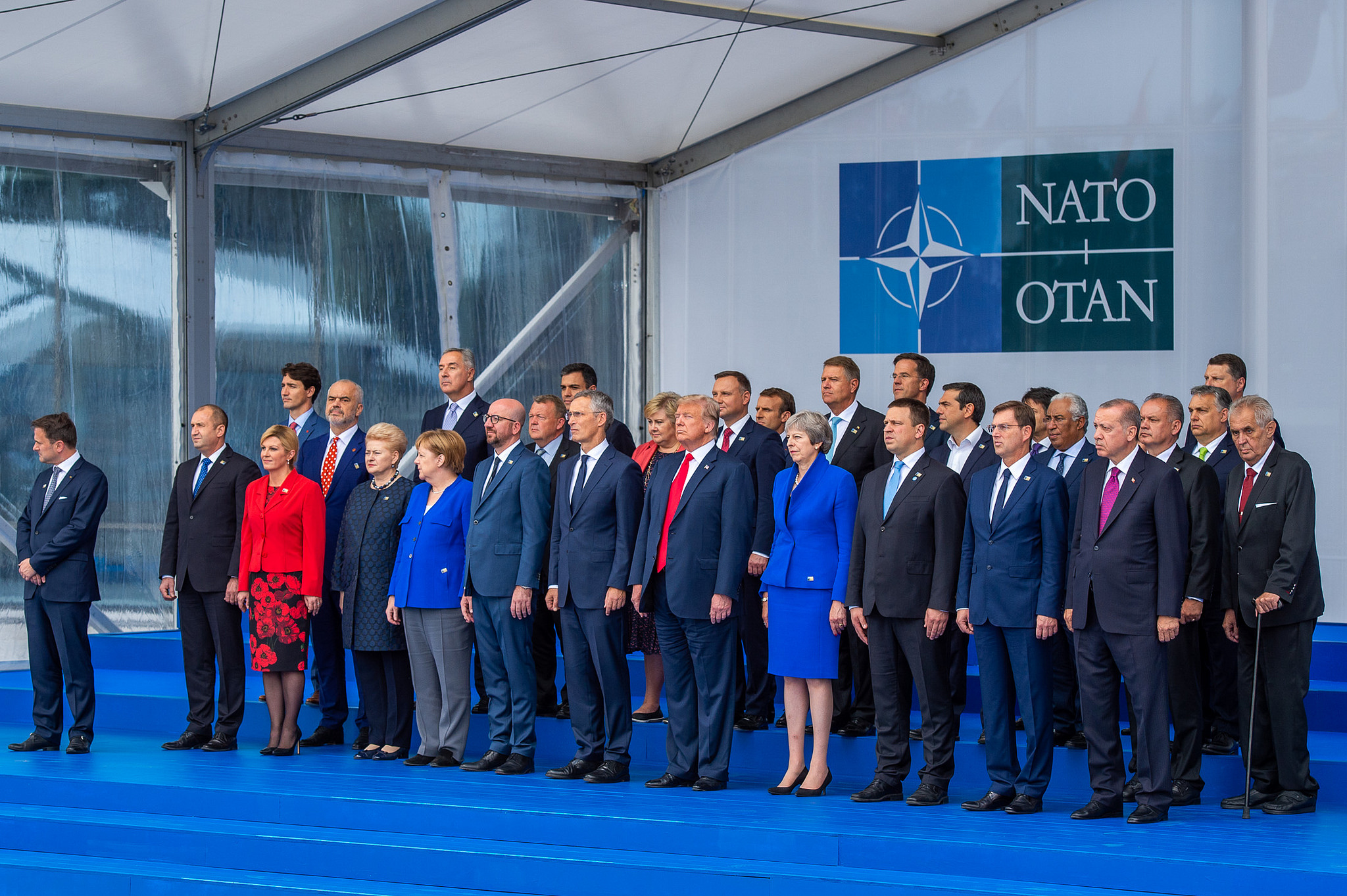Bad Idea: Moving OCO Back into the Base Budget (While Negotiating a Budget Deal)
The OCO budget has been taken advantage of to skirt defense spending limits and to fund base budget activities that do not actually constitute war funding. However, moving all of OCO’s enduring costs into the base budget for the final two years of the Budget Control Act caps may not be politically expedient for passing a budget agreement for FY 2020 and FY 2021.


